The latest novel by acclaimed crime writer Peter May is firmly set in the Highlands.
May is best known for the island-based multi-million selling Lewis Trilogy.
Now the author takes us to the mountains of Kinlochleven for A Winter Grave.
Here Oban book blogger Linda Boa gives The Press and Journal her take on May’s latest offering. She also has some questions for Peter May.
Linda writes:
A Winter Grave takes place in the not-too-distant future, in 2051. It begins with the discovery of the body of an investigative reporter.
The man had no interest in hillwalking. But he was found in a frozen grave in a difficult-to-reach spot above Kinlochleven.
Murder in the mountains
Cameron Brodie is an experienced policeman who’s just received a devastating health prognosis. As a keen hillwalker, he is asked to fly to the village to ascertain whether the death was accidental, or more sinister.
Plus he has some unfinished personal business there…
It’s a gripping read, which sees the latest technology being used to deal with rising tides. New nuclear power stations at Ballachulish ensure Scotland has power. But extreme weather sees electricity and internet cut off, and Brodie stranded.
The first death is confirmed as suspicious. Another murder follows. Brodie is cut off from help in a village where an unidentified killer is hiding. He would be their obvious next victim…
Questions and Answers
Peter kindly agreed to answer a few questions on what inspired him to write this futuristic “cli-fi” novel.
Q: I’m told it was the COP 26 summit which made you take more serious notice of climate change. Is your hope that, by presenting it like this, more people will pay attention to the issues of climate change and what the future could hold?
A: I found myself unexpectedly angered by the failure of politicians and officials at COP 26 to take the decisive decisions that were so clearly required to avoid the worst effects of climate change. The warnings had been stark, but political inertia and the greed of the fossil fuel industry ensured that no significant action was taken.
I wanted to alert readers to the possible future we all face, but I consciously made that the backdrop to the story rather than the story itself. After all, I am a crime writer, and it’s a classic political thriller/murder mystery that I have written.
Q: In your research, was this how the scientists you spoke to saw the Scotland of 2051, with the seas rising due to melting ice caps, etc?
A: No one knows for certain which way the climate will go in the future. But my scenario is based on one very plausible possibility. That increased temperatures, and a faster than anticipated melting of the Greenland ice sheet, floods the North Atlantic with ice cold fresh water.
A world of temperature extremes
This could slow or stop the Gulf Stream, which is what brings temperate weather to Western Europe and the British Isles. With equatorial temperatures creating an unliveable wilderness, forcing hot air north to deform the Jet Stream, ice cold air is dragged down from the Polar Vortex. Thus creating a world of temperature extremes.
Inevitably rising sea levels from melting Polar ice caps causes widespread flooding, altering the shape and nature of all our coastlines.
Q: What made you choose Kinlochleven as the main setting for A Winter Grave?
A: I chose Kinlochleven because it was a place I knew and loved. But it was also the perfect location for my story. And ideal for painting a picture of how our world might be transformed by climate change.
Q: Would you have any advice for someone who wants to start writing?
A: My advice is just to keep writing. If you have talent, in the end someone, hopefully, will notice it.
“A Winter Grave” (Quercus) is out now in hardback at £22.
Are you interested in more exclusive and breaking Highland and Islands news from the P&J? If so, why not join our dedicated Facebook page here
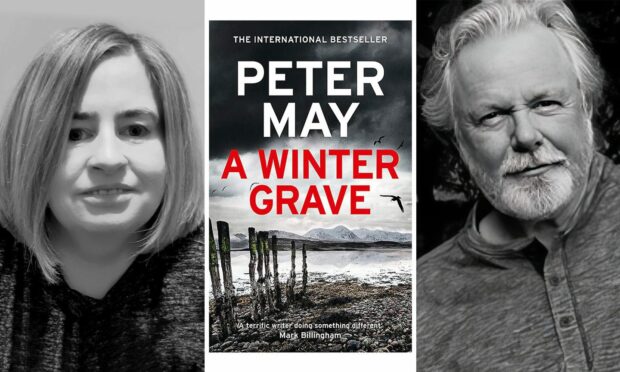
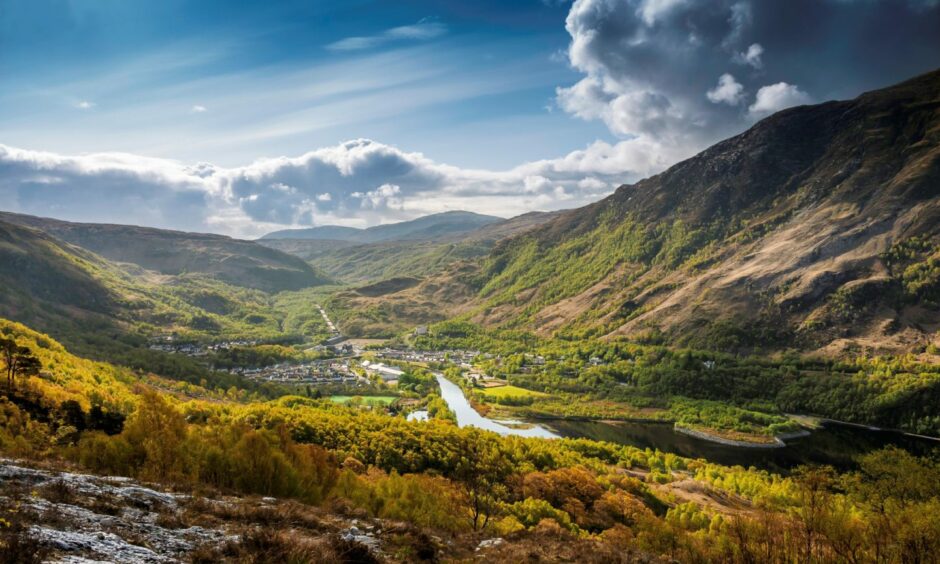

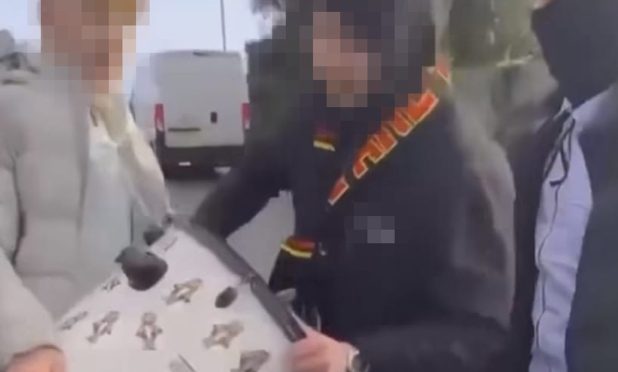
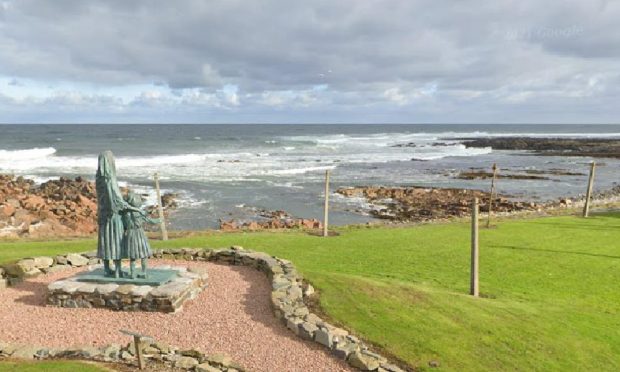
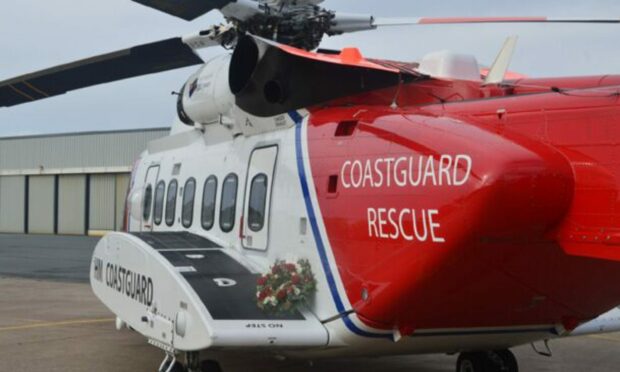
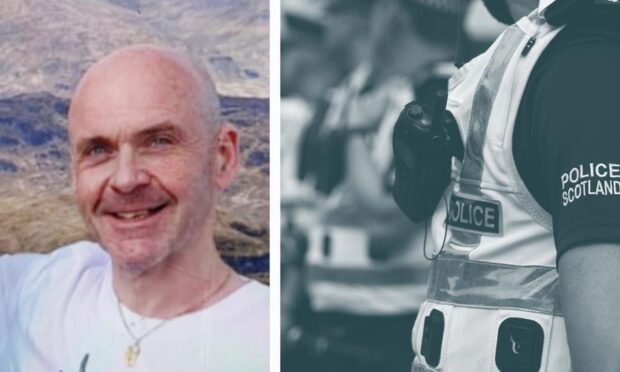
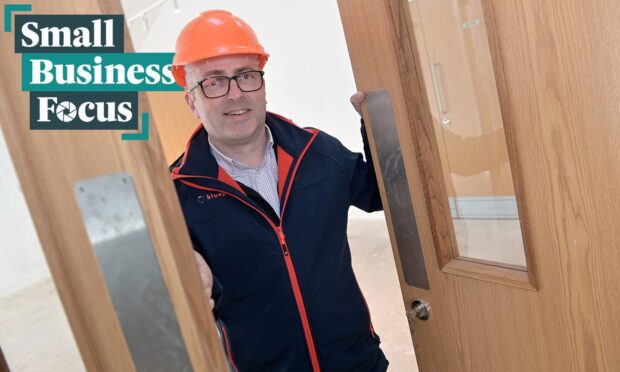
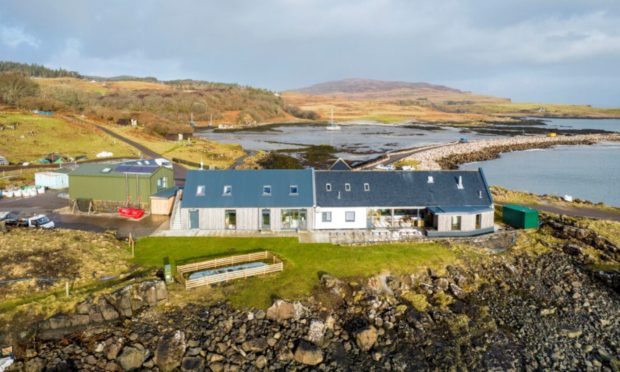
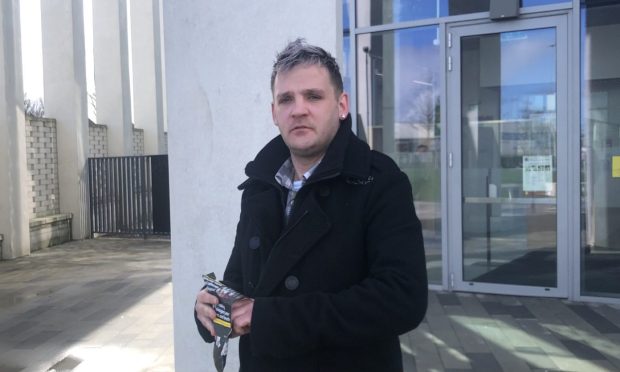
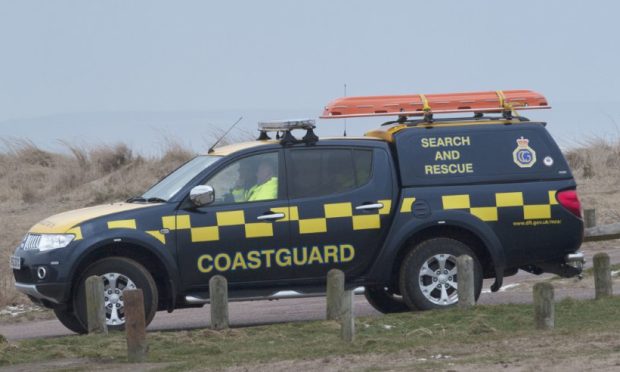


Conversation